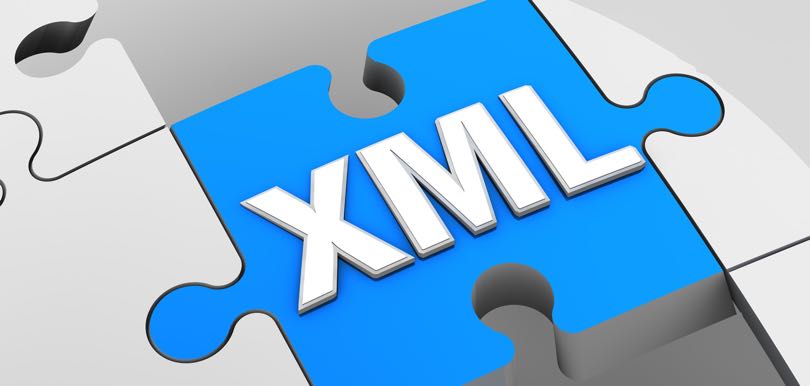Why should you be reading up on XML technologies if you are about to launch a data transformation project?
In short, because XML is the preeminent standard of enterprise data. When it comes to data interoperability, data longevity, and data integrity, XML has proven robust and useful in enterprise applications for the past two decades. While XML technologies are not perfect, they are so foundational to the realm of enterprise data that they will not be replaced any more so than micro-processors, graphical interfaces, or TCP/ IP. That’s the simple answer.
The longer answer requires looking at several of the core XML technologies:
1. What is XML and why does it matter to data transformation projects?
XML, the eXtensible Markup Language, is a formal, open specification that describes the structure of data objects and the algorithms used to process them. The singular goal of the XML specification is to enable extensive sharing of robust, machine-readable data in human-readable form, across a broad spectrum of industries, with document lifespans measured in decades. In short, it ensures that one’s data is never rendered unusable by changes in technology.
Because XML can represent any conceivable data structure, has a complete and comprehensive open specification, and is an official World Wide Web recommendation, it will still be in use hundreds of years from now, and is supported by toolsets in myriad languages. When interoperability and longevity are concerns, XML is the best choice.
Read more on More on “Why is XML Important?“
2.What are Schemas?
Schemas are specifications for the structure and content of a data object or document. Schemas are used to determine whether a given data object is conformant to a set of rules that dictate the structure of the object (i.e. in which order are data items listed) and content of the object (i.e. what type of information is contained in a data item). Through the use of schemas, a data object can be programatically validated as conformant to its specification: in other words, schemas ensure that one’s data is correct and not the source of processing errors.
So why do schemas matter to your data transformation project? Because an error caught during data entry is orders of magnitude less expensive to fix than an error caught during program run-time. And, an error caught during run-time is many orders of magnitude less expensive than one caught after a corporate decision has been made based on bad data. Bad data is also the leading cause of defects and system failures. The bottom line is that schemas save money.
Read more on “Why Schemas Matter.”
3. Why XPath
XPath is a specification for a query language that locates and extracts data from XML documents, and a comprehensive set of functions for the manipulation of that data.
The expressive power of XPath can not be overstated: it is an incredibly powerful tool for navigating and filtering XML documents. It is, in fact, a Turing-complete language: this means that it can perform any computation, the same as any other programming language. It is worth noting that while XPath is a computation language, it is not one that stands alone. XPath is always used within a host language: it is the host language that is responsible for doing useful things with an XPath computation. XPath, however, is absolutely the best way to extract information from XML data structures.
Read more on “Why Choose XPath to Access XML Data.”
4. Advantages of XSLT for Data Transformations
XSLT brings XML, schemas, and XPath together in a declarative programming language. It is used to query and transform XML and JSON data, enabling one to express the data in new ways, or to create new data based on the content or structure of existing data.
There are, of course, many ways to retrieve data and to convert it from one form or format to another. XSLT has several important advantages over all other programming languages when it comes to XML data transformation:
- It has been designed to work with enterprise XML technologies.
- It makes most data conversion tasks very easy to understand and implement.
- Solutions written using XSLT can be proven to be correct.
When dealing with extremely large data sets or documents, with data content or data structures that must be verifiably correct, or when data must be retained for long periods of time and re-used in new contexts, XML and XSLT are the best tools for the job.
Read more on “Advantages of XSLT for Data Transformations.”
The Bottom Line
Based on open standards and developed through the collaboration of experienced industry experts, XML technologies provide interoperability inside and outside the enterprise, saving you from vendor lock-in. Because the standards are rigorously defined, testing and validation of programs and data is greatly eased and errors can be identified earlier in the development cycle, providing significant cost benefits. Additionally, XML is platform and programming language independent, ensuring that your data is future-proofed against technology changes. Finally, XML is the standard on which almost all governments and global enterprises base their data initiatives; XML is the foundation for modern business data practices.
The bottom line? XML technologies provide significant long-term cost savings.

